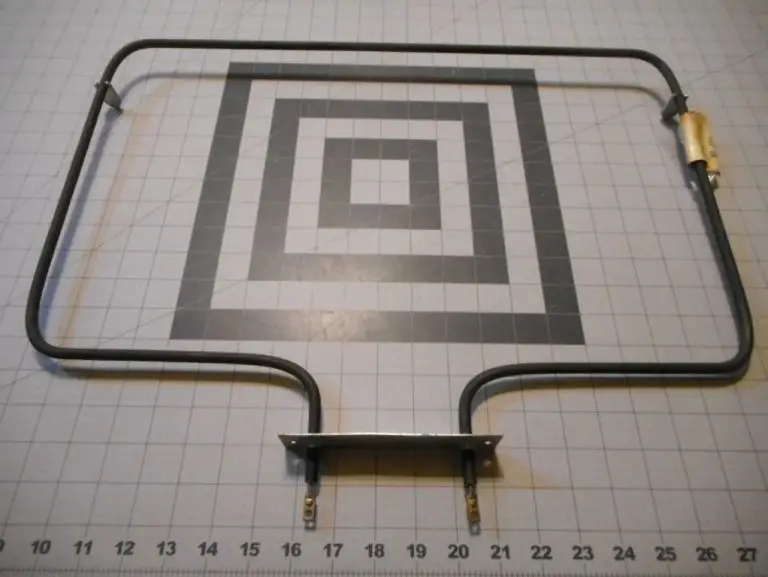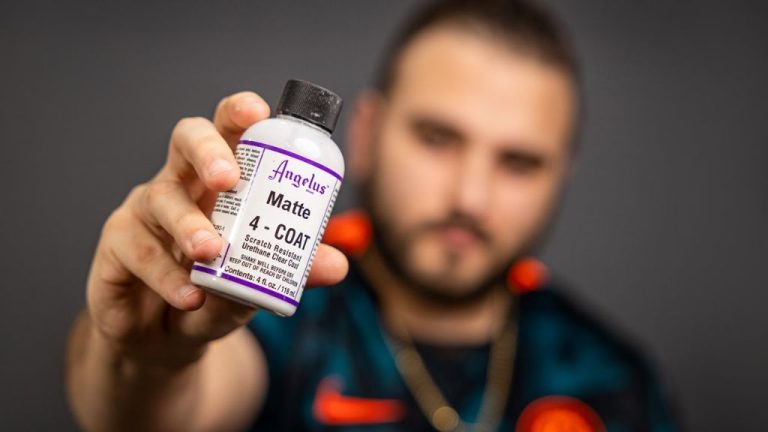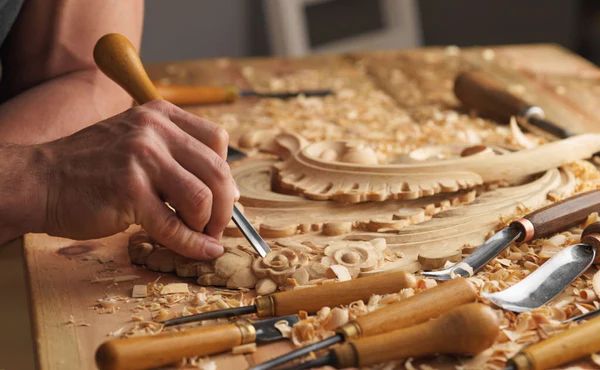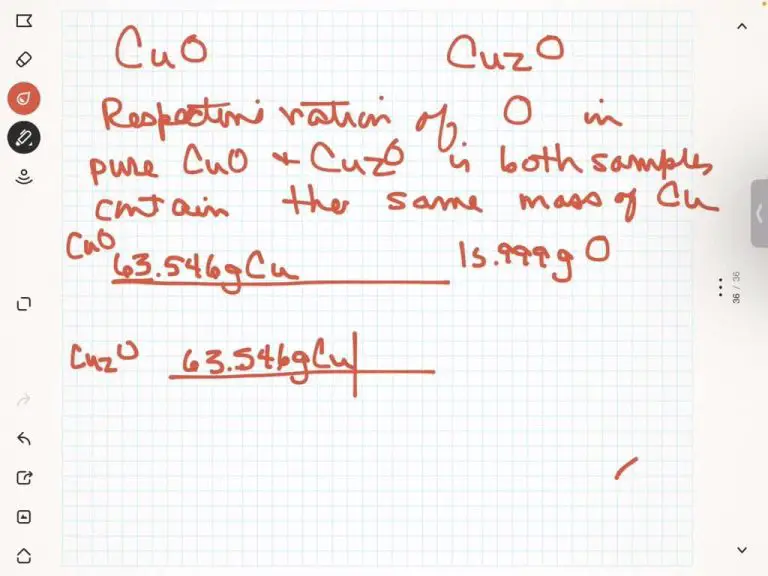What Is Underglaze Vs Overglaze Pottery?
Underglaze and overglaze are two common techniques used in pottery and ceramics to decorate ware before firing. Both underglaze and overglaze refer to ceramic decorating products that are applied to bisqueware, which is clay that has been fired once at a low temperature to harden it.
Underglaze is a colored decoration that is applied under a transparent glaze coating on bisqueware. It is made from a clay body similar to slip and is generally opaque. When fired, the underglaze fuses with the bisque and becomes impervious to water. A transparent glaze is then applied on top of the underglaze design and the piece is fired again, allowing the underglaze colors to show through the glaze. Underglaze is used to hand paint designs, patterns or images on pottery or ceramic pieces.
Overglaze refers to ceramic colors that are applied on top of an already fired glaze coating. Overglaze has a flux in it that allows it to bond with the glaze surface when fired again at a low temperature. Common types of overglaze include ceramic stains, lusters and decals. Overglaze is used to add decorative elements like gold detailing, vibrant patterns or decals on top of finished pottery or ceramic ware.
The key difference between underglaze and overglaze lies in when the decorative elements are applied during the production process – underglaze is applied before any glaze firing while overglaze is applied after the initial bisqueware has already been fired and glazed.
History of Underglaze
Underglaze pottery has a long and rich history spanning over a thousand years. Its origins can be traced back to ancient China during the Tang Dynasty in the 7th century AD. Potters in China began experimenting with using colored clays and mineral pigments underneath a transparent glaze. These colored designs were applied to the clay before the transparent glaze was added and the piece was fired.
According to https://artabys.com/how-to-use-underglaze-mastering-the-art-of-underglaze/, ancient Chinese potters initially used natural minerals like iron, copper, and cobalt to create the deep blues, greens, and rusty reds characteristic of Tang Dynasty pottery. The pigments were mixed with water to create a liquid that could be painted onto the unfired clay surface beneath the glaze layer. When fired, these mineral pigments became permanent, vivid designs under the clear glaze.
Over centuries, Chinese potters continued to develop various underglaze techniques like sponging, brushwork, and stamping. The resulting patterns and designs were delicate and colorful, often inspired by nature. Underglaze decoration remained an integral part of Chinese ceramic history through modern times.
How Underglaze is Applied
Underglaze is most commonly applied to bisqueware, the first firing stage of pottery where the clay has been fired but is still porous and able to absorb the underglaze. Underglaze can be applied in several ways:
Brushing – Using a soft brush, underglaze can be painted directly onto bisqueware pieces. Multiple coats may be applied to increase opacity and coverage.
Dipping – Bisqueware pieces can be fully submerged in a container of thinned underglaze for full coverage. The piece is removed and allowed to dry.
Spraying – Underglaze can be thinned and applied with an airbrush or spray gun for smooth, even application over bisqueware.
Stamping – Underglaze can be applied with custom stamps, sponges, or other tools to create patterns and textures.
Transfers – Special underglaze transfers can be applied to bisqueware and then fired to permanently affix the image.
Once applied to bisqueware and allowed to dry, the decorative underglaze is ready to be fired and permanently set. Firing temperatures are typically around 1820°F (1000°C). The clear overglaze is then applied on top of the fired underglaze design.
Source: https://www.kingstonceramicsstudio.com/post/the-underglaze-basics
Underglaze Firing Process
The underglaze firing process involves firing the pottery at relatively low temperatures, typically between 1500-2000°F. This allows the underglaze decoration to fuse onto the surface of the bisqueware or greenware clay body without burning off the underglaze Porcelain from A to Z. The key is keeping the kiln temperature low enough so that the underglaze pigments can mature and bond with the clay body without burning away.
Since underglazes are applied before any protective glaze coating, they can soak into the pores of the bisque during this low firing. This allows the underglaze decorations to become ingrained in the clay body for a natural, integrated look. The underglaze firing prepares the ware for subsequent glaze firings at higher temperatures if desired.
Pros and Cons of Underglaze
Underglaze offers some key advantages for ceramic artists. First, underglaze can produce very vibrant colors that stand out under a clear glaze. The heavily pigmented nature of underglaze leads to eye-catching hues and effects that attract buyers and collectors.
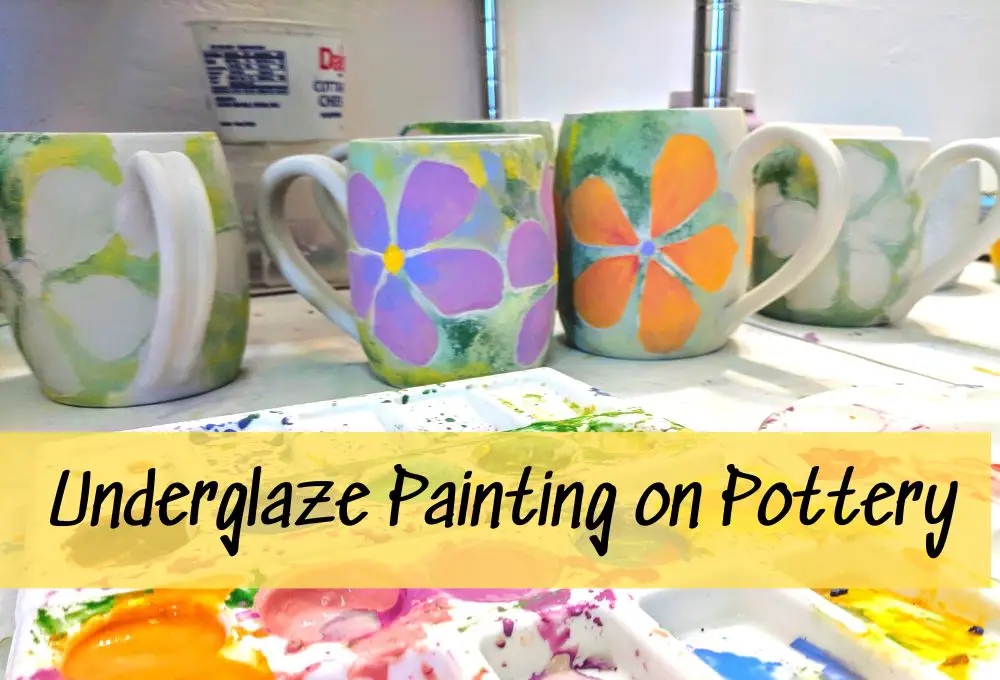
Additionally, underglaze is easy to apply to leatherhard clay with a brush, allowing artists to hand-paint fine details and intricate designs before firing. Underglaze applied to greenware also provides the opportunity to carve through layers to create sgraffito designs.
However, underglaze does come with some disadvantages as well. One drawback is that underglaze can rub off of finished ware if it is handled frequently or washed improperly. The underglaze sits beneath a layer of glaze, so it remains somewhat vulnerable to chipping or flaking off compared to colors mixed directly into glazes.
There are also limits on firing temperatures. Underglazes are generally formulated for low-fire kilns, typically cone 05-6. Firing above these temperatures can cause underglaze colors to burn out or become less vivid. This restricts underglaze to certain clay bodies and glazes designed for lower temperatures.
History of Overglaze
Overglaze was originally developed in Europe in the early 1700s. According to the Overglaze decoration Wikipedia article, overglaze decoration became popular in Europe from about 1770 to the mid 20th century. Overglaze colors were first used in France around 1740, becoming the dominant decorative technique used on expensive European porcelain and pottery.
As explained in the Overglaze colour Britannica article, the first recorded use of overglaze colors in Europe was at the Meissen factory in Germany sometime between 1720-1740. Meissen played a key role in pioneering overglaze techniques and styles in the 18th century before the method spread to other European regions.
How Overglaze is Applied
Overglaze is applied on top of an already fired ceramic piece that has been glazed and fired at the appropriate temperature. It is painted, sprayed, or printed over the glazed surface to create decorative effects.
There are several methods for applying overglaze:
- Brushing – Using a soft brush to hand paint the overglaze.
- Spraying – Spraying the overglaze through an airbrush tool.
- Screen printing – Using a silkscreen to print overglaze decals.
- Commercial decals – Applying pre-made decal sheets using water or decal adhesive.
Overglaze can be tricky to apply evenly by hand. It’s recommended to work in multiple thin layers, allowing each layer to dry in between. Overglaze is very fluid and transparent, so it can take 3-5 coats to achieve an opaque effect.
Proper surface preparation is key prior to overglazing. Any dust or debris can get trapped under the overglaze finish. It’s best to clean the piece well and apply overglaze in a dust-free space.
Firing temperature is also important when choosing an overglaze to match the glaze. Overglazes fire at a lower temperature than glazes, usually between 500°F – 1,200°F. Using the right overglaze formulation will ensure it bonds properly without burning off.
Sources:
https://bigceramicstore.com/pages/info-overglaze-application
Overglaze Firing Process
The overglaze firing process involves firing the pottery at relatively low temperatures, typically between 1450-1850°F depending on the type of overglaze used. Overglaze is fired at lower temperatures compared to underglaze because it sits on top of an already-glazed and fired piece. Firing at too high of a temperature can cause the overglaze to bubble or burn off the piece.
The goal with overglaze firing is to achieve just enough heat to bond the overglaze permanently to the glaze below it. Kilns used for overglaze firing often have special features like shut-off devices or controllers that allow firing at precise low temperatures. According to one source, skilled European artisans use a traditional tonal overglaze firing process to permanently fuse the pigments to the glaze (source).
It’s important when firing overglaze to increase temperatures slowly and avoid thermal shock. Rapid temperature changes can cause the overglaze to crack or flake off. Using test tiles first is recommended to determine the optimal overglaze firing temperature.
Pros and Cons of Overglaze
Overglaze offers some advantages as well as disadvantages compared to underglaze techniques. Some of the key pros and cons include:
Pros
Overglaze can produce extremely vibrant, brilliant colors that stand out sharply against the glaze. The colors are often brighter and more intense than what can be achieved with underglaze. According to https://homeyceramic.com/the-difference-between-underglaze-and-overglaze/, overglaze results in eye-catching designs that really make the decoration pop.
Cons
A downside is that overglaze tends to be less durable than underglaze. As explained on https://www.dphtrading.com/customer-service/guides/tips-and-ideas/what-is-the-difference-between-overglaze-und-underglaze/, overglaze sits on top of the glazed surface, so it can wear away or scratch off over time. This makes it less ideal for frequently used dinnerware or pieces that will be washed often.
Conclusion
In summary, underglaze and overglaze are two different decorative techniques used in pottery and ceramics. The key differences between them are:
Application: Underglaze is applied directly to the clay before any glaze firing, while overglaze is applied on top of a fired glaze surface.
Firing: Underglaze requires a high-temperature bisque firing to fuse it to the clay body. Overglaze uses a second lower-temperature glost firing.
Color: Underglaze offers a wide range of opaque colors that become permanent after firing. Overglaze has a more limited color palette of mostly transparent and jewel-tones.
Durability: Underglaze is very durable, while overglaze can wear, fade or scratch off over time.
Design: Underglaze allows blending colors and creating subtle designs. Overglaze works best for bold, clean decorative effects on top of the glaze surface.
Both techniques allow for creative decoration of ceramic ware, with underglaze excellent for complex multi-colored designs and overglaze ideal for adding finishing accents and details. Knowing when to use each one depends on the needs of the project and desires of the ceramic artist.

